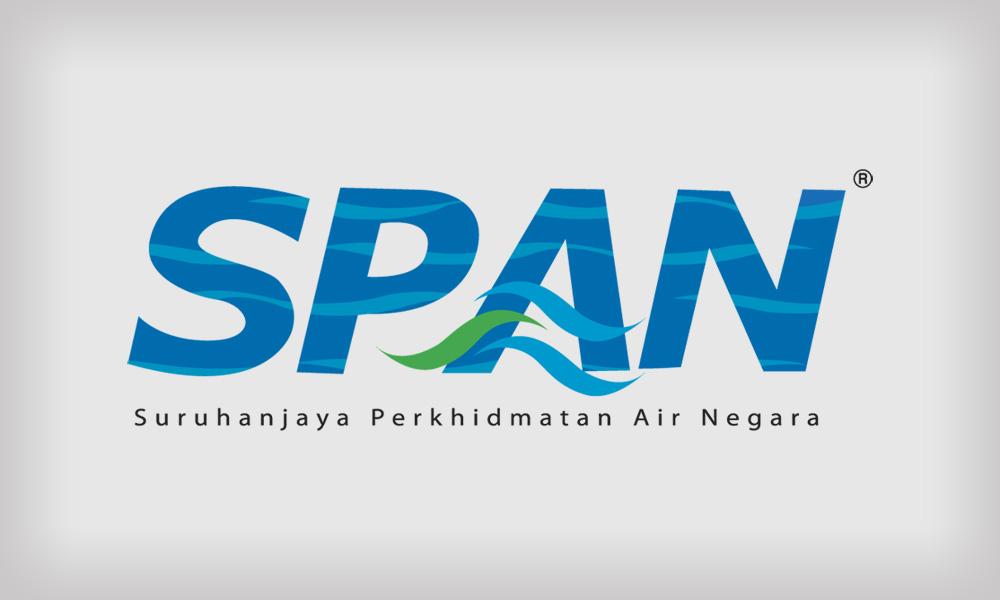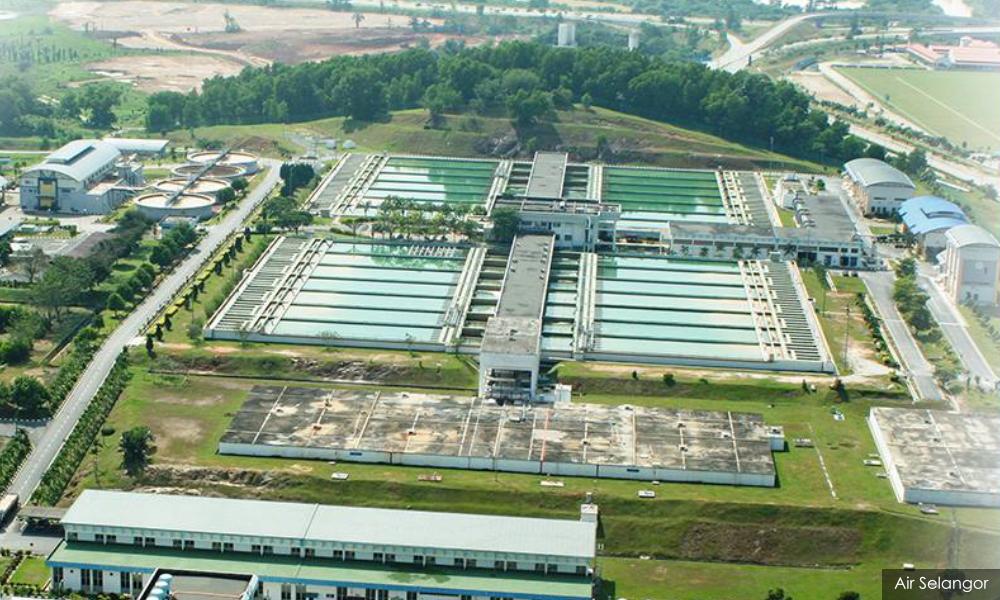KINIGUIDE | On Wednesday, the National Water Services Commission (Span) announced that water tariffs in places under its jurisdiction - Peninsular Malaysia and Labuan - will increase beginning Feb 1.
In the days that followed, various state governments unveiled the new tariffs in their state, along with aid packages and rebates to ease the pain.
Water tariff increases in Malaysia are rare but not unprecedented. However, this round of tariff reviews also marks a significant step to change how water is priced in these states and territories.
In this instalment of KiniGuide, we are looking into the Tariff Setting Mechanism (TSM).
Why change in the first place?
In a list of frequently asked questions (FAQ) issued by Span in conjunction with the tariff announcement, the regulator said operational costs (opex) for producing a cubic metre of water in Peninsular Malaysia and Labuan in 2022 is RM1.16. Adding capital expenditures (capex) brings it to RM1.75 per cubic metre.

In contrast, the average revenue per cubic metre is only RM1.43, meaning a shortfall of 32 sen per cubic metre. A cubic metre is equivalent to 1,000 litres.
For context, these territories collectively consume 15.6 billion litres of water per day. For domestic consumption alone, each person is using 237 litres per day, according to Span’s 2022 fact book.
As a result of the shortfall, Span says water operators struggle to carry out maintenance works and upgrades for its ageing pipes and treatment plants, which in turn has affected the quality of water services.
To address these and other shortcomings, Span has been working on TSM since at least 2009. It was first tabled to the cabinet in July 2020, but implementation has been repeatedly delayed due to cost of living concerns, especially with the effects of the Covid-19 pandemic.
Effective Aug 1, 2022, a new water tariff was introduced under TSM but did not include domestic users.
What does TSM aim to do?
Once it is fully implemented, TSM is to help water operators achieve full cost recovery and thereby become more sustainable.
According to Span, it also streamlines how water is priced throughout Peninsular Malaysia and Labuan, which was previously a patchwork of different methods in each state and reviewed at irregular intervals.
How tariffs were set was also “difficult to understand and not transparent” compared to TSM, which Span touts as “uniform, systematic, and transparent”.
While the tariffs will still differ from state to state due to different operating and financial environments, the formula of how that tariff is decided would be streamlined. The tariffs are subject to review every three years, except for one cost component.
The Association of Water and Energy Research Malaysia (Awer) - an NGO advocating for TSM’s introduction - criticised the previous “cost plus” mechanism where the tariff is decided based on the water operators’ projected costs plus a regulated profit.
In a 2021 statement, its president S Piarapakaran said the old mechanism is not transparent and passes on unnecessary costs to consumers.

So what am I getting billed for?
Several cost components are being factored into the tariffs, and which ones get passed onto you depends on how much water you use and what type of water consumer you are.
The cost components are:
Opex (Operational expenditure) – such as salaries, raw water extraction, chemicals for water treatment, and distribution costs.
Capex (Capital expenditure) – such as replacing old pipes, building new water treatment plants, and upgrading existing ones.
Electricity – this is adjusted annually instead of every three years based on the previous year’s imbalance cost pass-through (ICPT) surcharge, which is reviewed every six months.
Environmental cost – the cost of conserving water catchment areas. This component is not currently being used for tariff calculation since its mechanism is still being refined.
Regulated profit – This is supposed to be a single-digit percentage figure for the water operator’s profit margin.
For example, domestic users will only be charged the opex and electricity components for their first 20 cubic metres.
As they use more water, however, more components get added to the bill. For the next 15 cubic metres, they will be paying for the water operator’s capex as well.
Beyond the first 35 cubic metres, they will then pay for the water operator’s profit margin. Environmental costs will be passed on too, once the government works out how to calculate this cost component.
All users are also subject to a minimum charge that is equivalent to 10 cubic metres of usage.

So, we’ll just pay for any expenses the water operator racks up?
Not quite. These operating and capital expenditures are not calculated simply based on the water operator’s actual expenses, but based on “qualifying and benchmarked expenditures”.
In its 2021 statement, Awer explains water operations would be grouped based on factors such as their size, type of raw water, and technology used, so their cost per cubic metre could be calculated and compared.
The lowest cost for each group would be used to set the benchmark for calculating the tariff. Operations that cost more to run are not allowed to pass that cost to consumers.
Conversely, if an operation manages to reduce the cost below that benchmark, the savings will go towards the company’s bottom line until the next tariff review, when the lower cost would become the new benchmark to meet.
“This is to drive cost efficiency and equitable tariff to consumers,” Awer’s Piarapakaran explained.

What is being done to help with the water bill?
To limit its impact on the cost of living, the current TSM implementation is only a partial one that caps any tariff increase to below 30 percent.
According to its 2021 annual report, however, Span said exceptions have been made for Pahang and Perlis because they have not revised their tariffs for over 20 years, which resulted in a high deficit. Penang is also allowed to exceed that limit to allow its operator to cover future capex requirements.
“Despite tariff increase of exceeding 30 percent for these three states, the impact to consumers’ monthly bills is anticipated to be insignificant due to the current low tariff,” it said.
According to Span’s FAQ, domestic users who use 20 cubic metres a month should expect bills to go up between RM1.60 and RM8.00. Non-domestic users with the same usage should expect increases between RM0.40 and RM2.00.
Domestic users will pay an average of RM1.14 per cubic metre of water under the partial TSM implementation, instead of RM1.62 under full TSM implementation.
Meanwhile, state governments have announced a slew of subsidies and rebates to help low-income earners.
Penang, for example, has exempted the hardcore poor from paying water bills, while in Selangor, households earning below RM5,000 can apply via Air Selangor’s website for free water. - Mkini




No comments:
Post a Comment
Note: Only a member of this blog may post a comment.